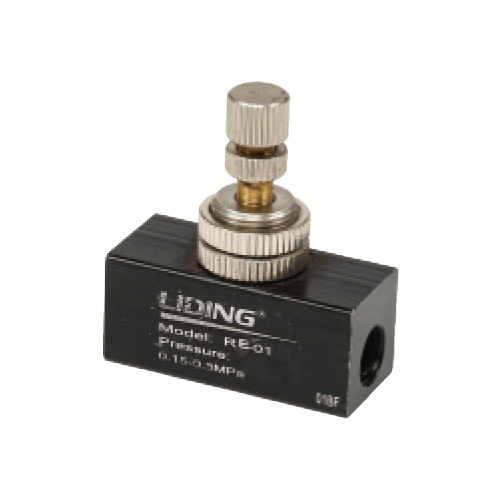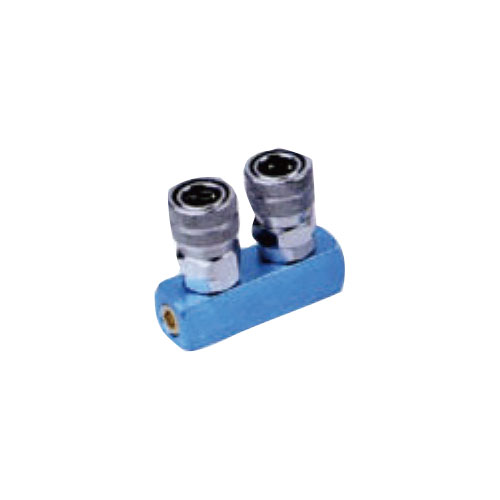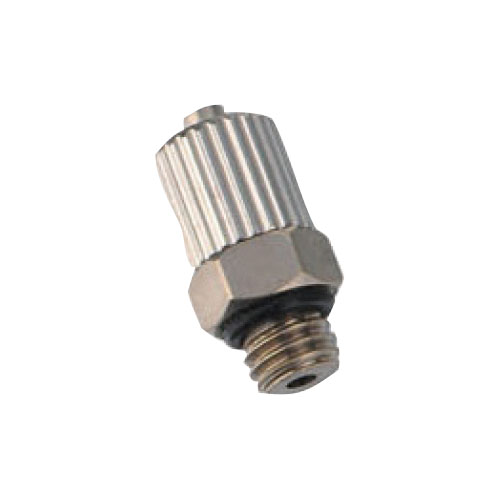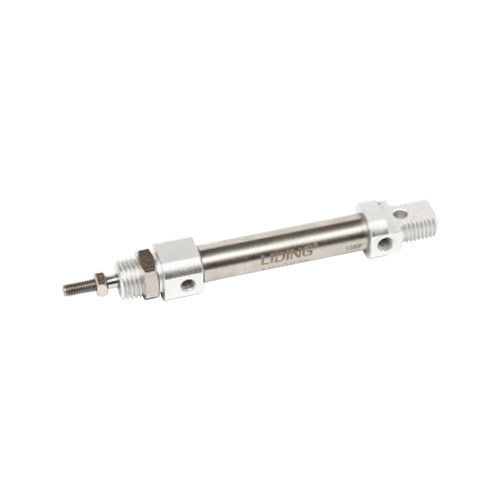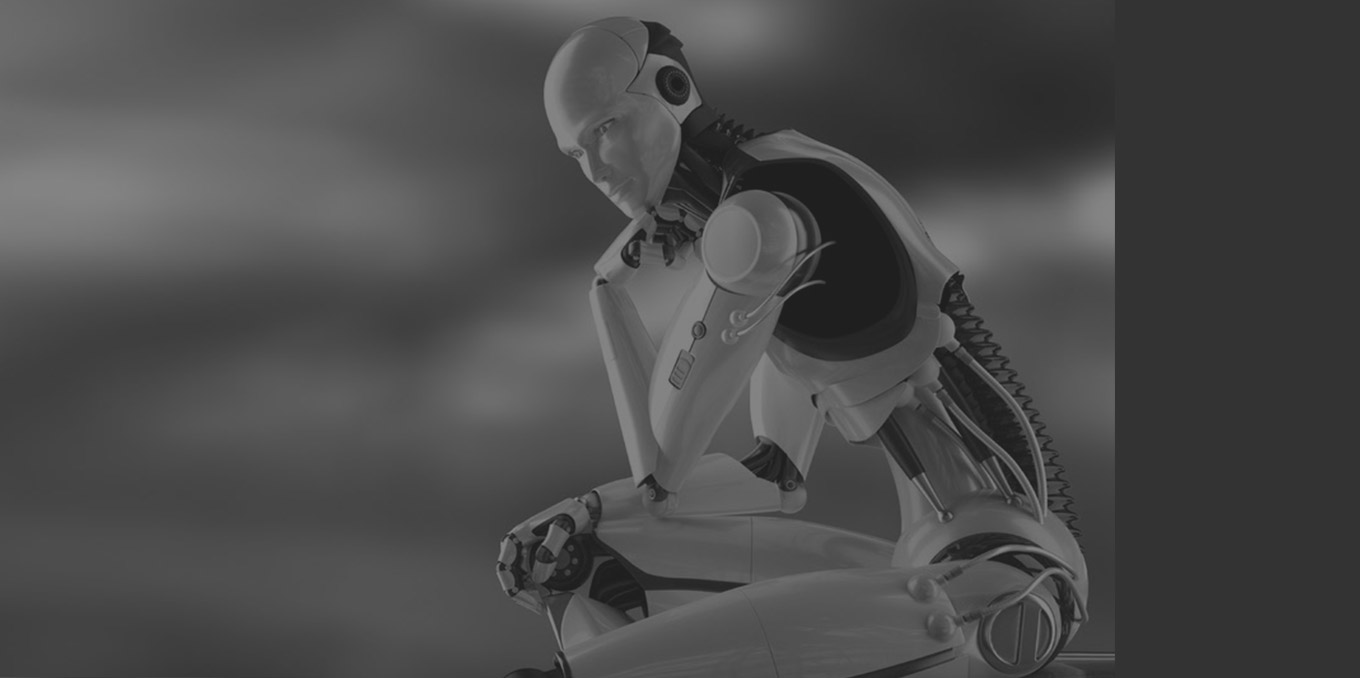Comparison of the market situation of cylinders and electric actuators
The cylinder drive system has been rapidly popularized […]
The cylinder drive system has been rapidly popularized in the field of industrial automation since the 1970s. Today, cylinders have become the mainstream actuators for PTP (PointToPoint) handling in industrial production at home and abroad. The market for pneumatic components with cylinder drive systems as the core has reached 11 billion U.S. dollars.
Since the 1990s, motors and their microelectronic control technology have developed rapidly, making the application of electric actuators in industrial automation possible. Moreover, the rise of the semiconductor industry has directly promoted the expansion of the application of electric actuators that can achieve high-precision multi-point positioning in the industrial field.
In the late 1990s, Japan and other major industrialized countries even had the argument that electric actuators were about to replace cylinders and that cylinders would withdraw from the stage of history. Because it is generally believed that the energy conversion efficiency of the motor in the electric actuator is high, while the energy conversion efficiency of the cylinder is low, inefficient products will be eliminated. However, ten years later, electric actuators have not been popularized in the industrial field, and there is still a big gap between their market scale and pneumatics. Moreover, whether it is in industrialized developed countries or emerging industrial countries such as China, the sales volume of cylinders has not only not decreased, but is also growing steadily. In China, the annual growth rate of cylinder sales has been maintained at more than 20% in recent years.
If it is necessary to evaluate the two scientifically and objectively, the Life Cycle Assessment (Life Cycle Assessment) method must be adopted to consider the comprehensive indicators of the three phases of the manufacturing stage, the use stage, and the discard stage. Specific indicators include cost, energy consumption, and burden on the environment (mainly emissions, etc.). For example, in terms of cost, electric actuators have advantages in operating energy consumption (use stage), but maintenance costs (use stage) and purchase costs (manufacturing stage) are much higher than cylinders. The comparison of this index should be based on The sum of all costs.
In terms of total cost, our research results show that cylinders have certain advantages in most industrial applications.
Cylinders and electric actuators have their own characteristics, so you can't just judge their pros and cons based on their efficiency. With the development of electrical technology, the cost of electric actuators will be further reduced, and its application fields are expected to be further expanded, but it is unrealistic to completely replace the cylinders with self-priming non-clogging sewage pumps.
From the perspective of the market, it is a good start if the electric cylinder is produced by referring to the cylinder shape and installation and connection dimensions from the beginning. For rodless cylinders and pneumatic sliding tables that do not yet have ISO standards, the corresponding shape and installation and connection dimensions are also adopted. This convenient measure can prevent unnecessary competition between air and electric drives in installation, addition or replacement.
Ningbo Lida Pneumatic Complete Co., Ltd is Wholesale Air Control Valves Manufacturers, supply air pressure regulator.
Visit: https://www.nblida.com/product/


